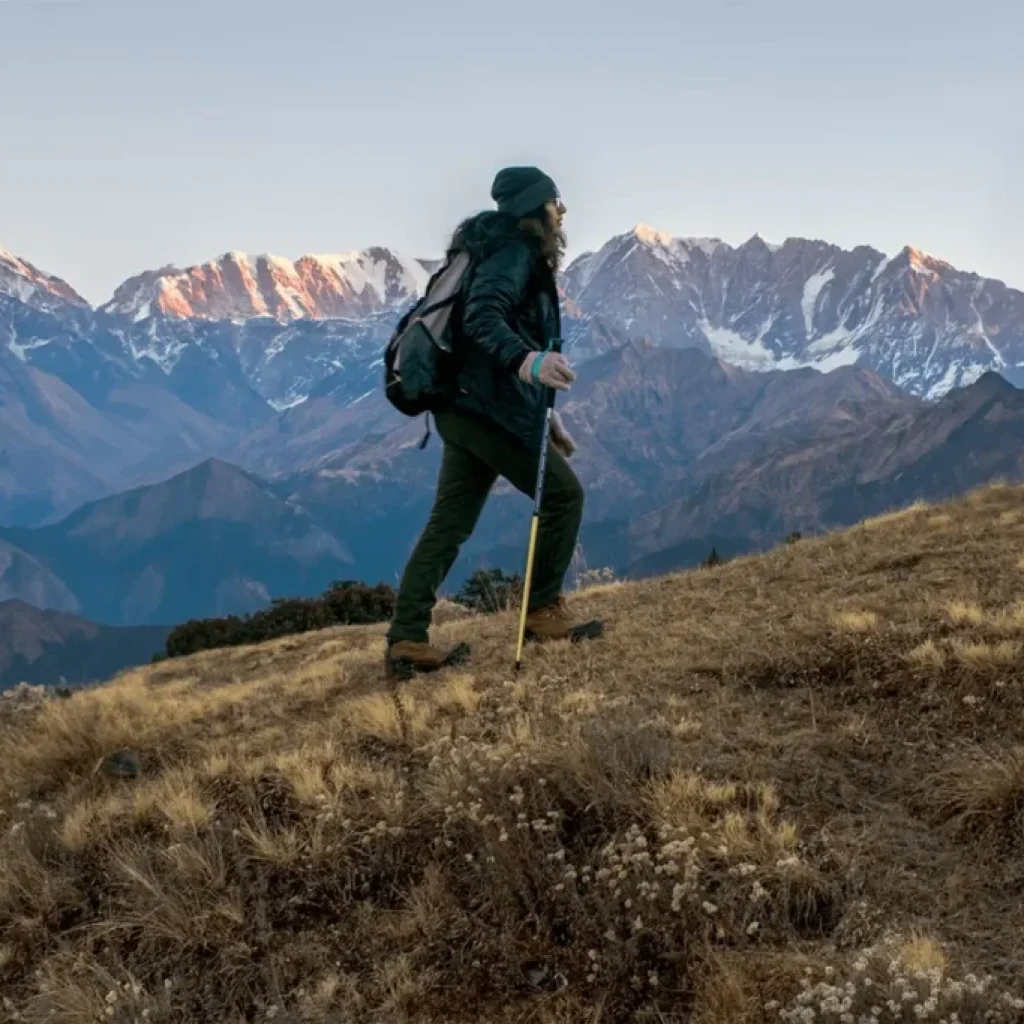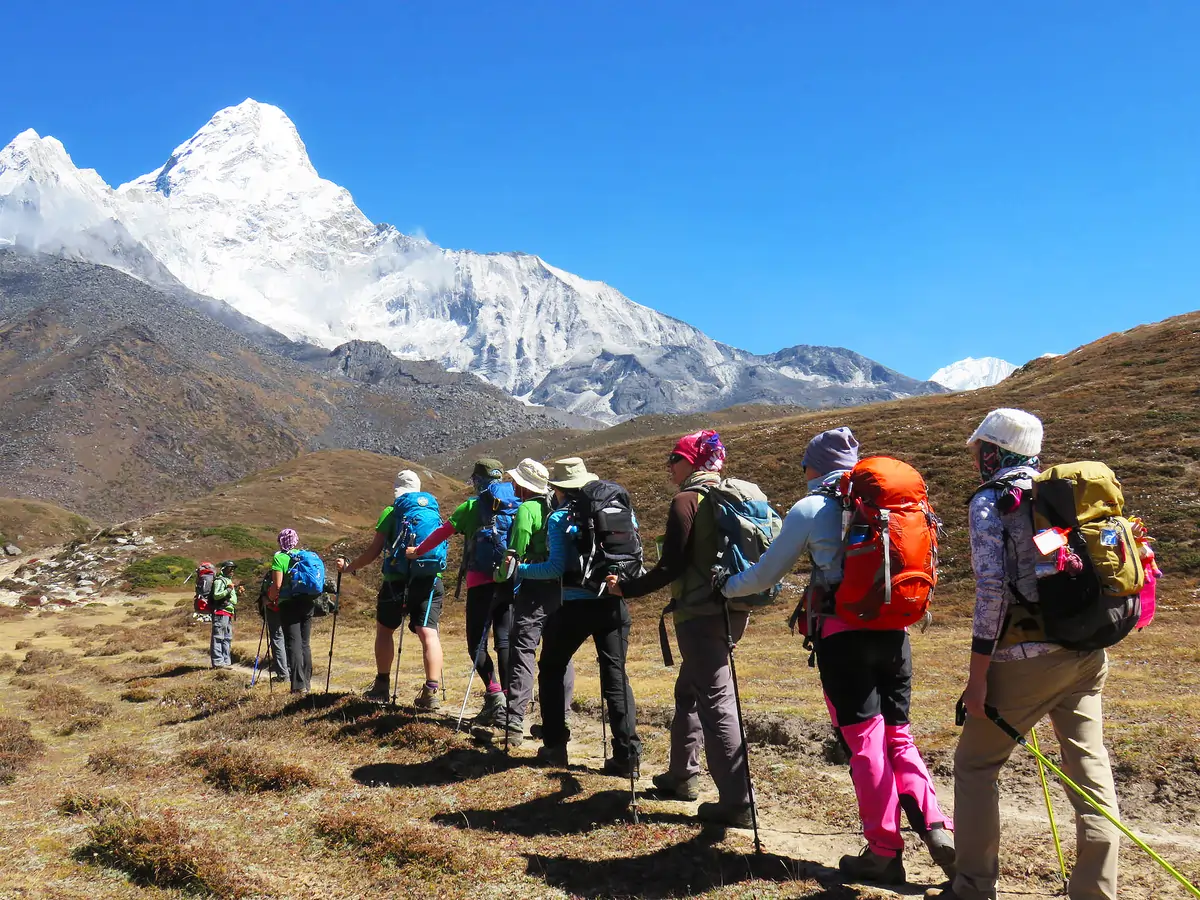Himalayan trekking stands as one of the best outdoor pursuits you can explore. Yet this journey needs much more than just raw excitement or love for peaks. Training for Himalayan trekking becomes essential when you consider what lies ahead: walking for hours across rough terrain, climbing steep inclines, and carrying a loaded pack through challenging conditions that test both your physical and mental limits.
Without proper prep work, your limbs will hurt and wear down fast on trails. You might even face harm on the path at certain points along the route. Sound training grows your strength and makes your trek both secure and pleasant overall. Let me guide you on how to prime your frame for this grand pursuit.
Build Strength and Stamina

Your core and legs form the base of your trekking fitness level. Squats, Planks, lunges, and step-ups train these key muscle groups well. These moves build the endurance and balance your body needs for climbs. They prepare you for steep uphill sections and paths covered with rocks. Your muscles learn to handle long hours of sustained physical effort here.
Try to do cardio for thirty minutes at least five days a week. The more endurance you build now, the longer you can trek later. You will find yourself getting tired much less quickly on actual trails.
Train with a Backpack
Carrying a heavy pack stands as one of the hardest trekking tasks. You need to adapt your body to this load before you leave. Start walking with a filled bag a few weeks ahead of time. Use lighter weight at first, then slowly add more as you progress.
This method strengthens your shoulders and back muscles over time in stages. It also trains your body to maintain proper balance under added weight. Your legs adjust to the extra burden they will carry during treks. Training for Himalayan trekking work makes the actual trek feel much more manageable later.
Practice Long Walks and Short Hikes
Real treks require you to walk without stopping for many hours. The paths beneath your feet will rarely stay flat or even throughout. Take extended walks or short hikes every weekend to build this skill. Pick routes that feature slopes, stairs, or trails whenever you can find them.
These conditions match what you will face during your actual trek ahead. City dwellers can use stair climbing as a solid backup Training for Himalayan trekking. Regular practice sharpens your balance and builds the stamina you need most. Your confidence grows stronger with each training session you complete successfully here.
Improve Breathing and Flexibility
Flexible muscles lower your chances of getting cramps or strains out there. Add daily stretching or yoga sessions to your training plan right away.. They train your system to use oxygen more effectively in each breath. This skill becomes critical when you trek in high-altitude mountain areas.
Training for Himalayan trekking does not mean becoming a peak-level athlete. A steady training routine paired with practice hikes will get you there. Add focused breathing work to round out your prep plan completely here. Your body will be ready to handle mountain trails with full energy. You will walk through your trek feeling strong, safe, and confident throughout.



0 Comment